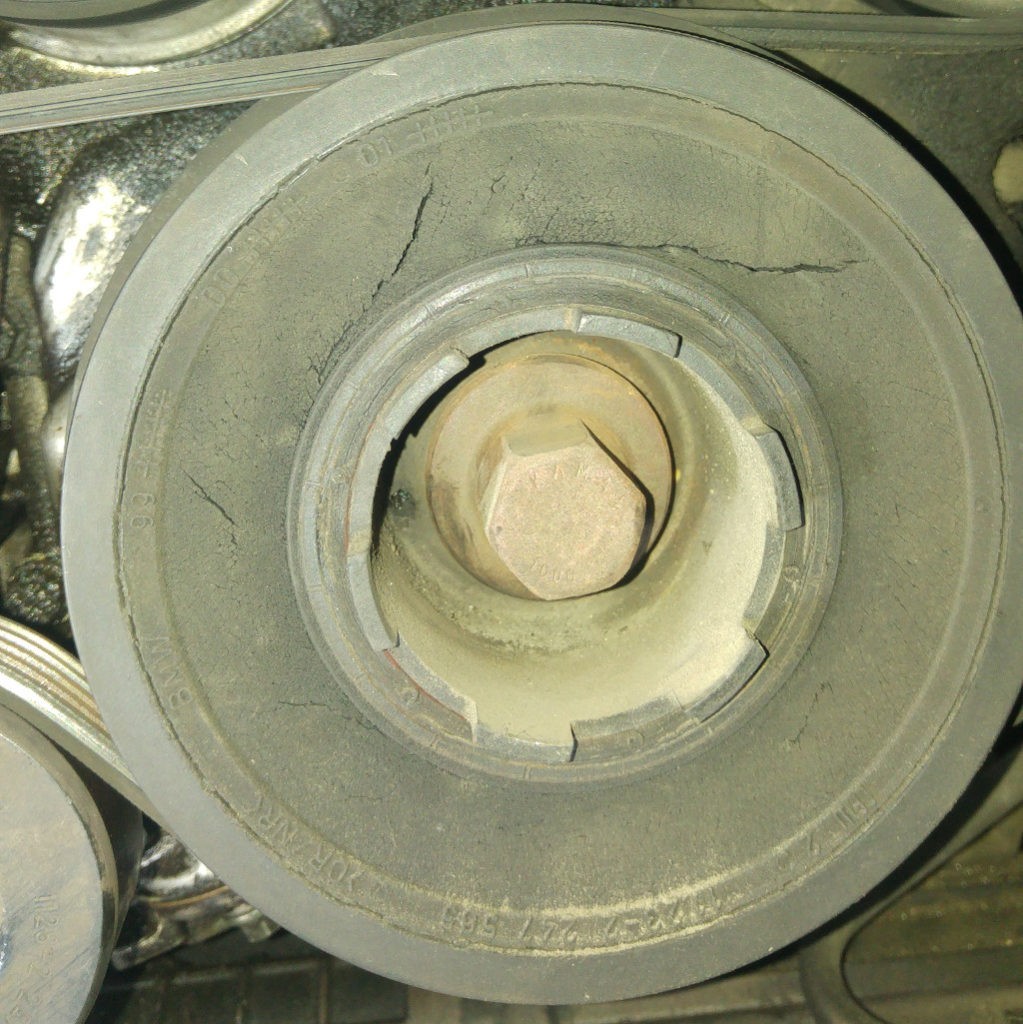Replacing the vibration damper on a Bmw M47 engine can seem daunting, but with the right tools and approach, it’s a manageable DIY task. This guide outlines the process, emphasizing safety and the importance of using the correct procedures. We’ll cover common pitfalls and offer solutions for a successful vibration damper replacement.
The vibration damper, crucial for absorbing engine vibrations, can eventually wear and crack. Ignoring this can lead to catastrophic engine damage. This guide specifically addresses the BMW M47 engine, commonly found in E46 320d models. Replacing the damper often involves replacing associated components like belts, tensioners, and pulleys.
BMW repair manuals specify a particular procedure and specialized tools for this task. The vibration damper bolt requires a significant torque of 410Nm for proper installation. Improper methods, such as using the starter motor to loosen the bolt or blocking the flywheel, can severely damage the engine, starter, or flywheel teeth.
This guide strongly advises against these risky shortcuts. Investing in the correct special tool, a long breaker bar (around 39 inches), and a torque wrench is essential.
Before starting, disconnect the battery to prevent accidental engine starts. Protecting the radiator is crucial when working in the engine bay. A simple MDF board covered with foam and an aluminum profile can prevent accidental damage.
The special tool, combined with a sturdy steel bar braced against the front tire (with protective padding), provides the necessary leverage to loosen the bolt. Replacing associated bushings, particularly on the AC compressor bracket, can be challenging.
Removing the entire bracket, after safely supporting the AC compressor, allows for easier bushing replacement. Pressing in new bushings is recommended.
Tightening the new vibration damper bolt requires the special tool and careful application of the specified torque, using the vehicle framework as a brace point with appropriate padding.
Following these steps and using the correct tools ensures a successful vibration damper replacement on your BMW M47 engine, resulting in smoother engine operation and eliminating unwanted noise and vibration. Remember to consult the official BMW repair manual for detailed specifications and torque values.
